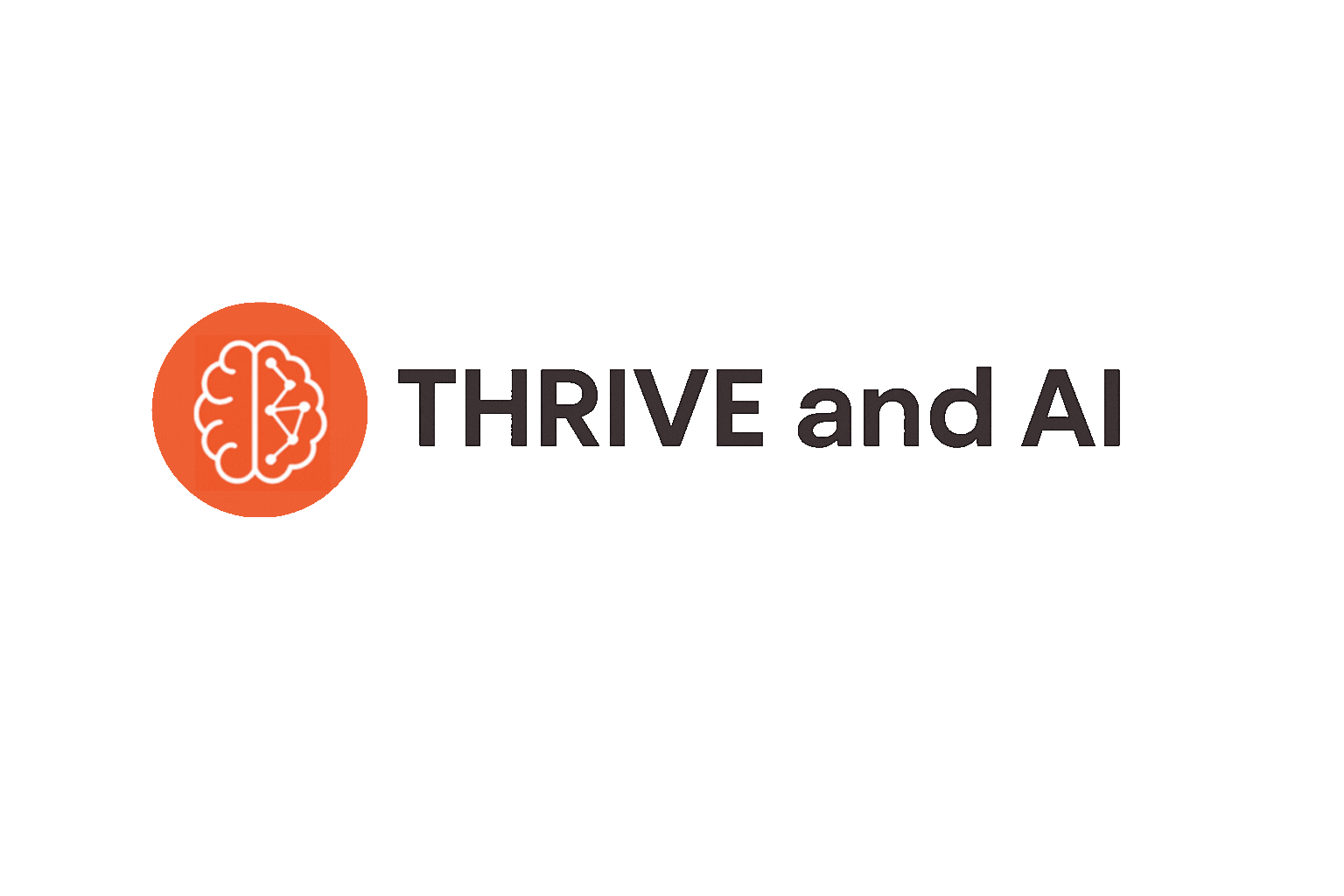The AI Workforce Arrived. Our Schools Didn’t.
- pattie79
- Aug 24
- 3 min read
Updated: Aug 29
The Countries Preparing Students for an AI Workforce (and Why the U.S. Isn’t)

For years, leaders warned that work would be AI-collaborative. Yet most U.S. students still graduate without basic AI or computer science fluency — while colleges keep funneling them into costly degrees that don’t map to the jobs they’ll face on Monday morning.
Why is academia so out of touch—and how do we fix it?
The Gap, in Five Stats
Only 60% of U.S. public high schools offer a foundational computer science course; just 6.4% of high schoolers take one annually. (Code.org)
Most districts still lack AI clarity: 48% of U.S. districts trained teachers on AI by fall 2024, but policy ambiguity remains the top complaint. (Education Week, RAND)
Federal guidance came late: The Department of Education only clarified in July 2025 that schools can use existing funds for AI initiatives.
Workplace skills are shifting fast: By 2030, 70% of job skills will change with AI as the catalyst. (LinkedIn Economic Graph)
Higher ed outcomes are shaky: 52% of recent 4-year grads are underemployed one year out; 45% still are a decade later. (Inside Higher Ed, Strada, St. Louis Fed)
👉 Bottom line: While other nations sprint ahead with coordinated AI education strategies, the U.S. is still debating whether to teach it at all.
Global Models of AI-Ready Education
🎓 Alpha School
Where: Austin, TX, USA
Core Approach: ~2 hours/day adaptive academics + afternoons for projects
Educator Role: Teachers as guides/mentors
Why It Matters: Proof U.S. schools can reinvent learning—but adoption is rare
Results: Students score 20–30% higher on standardized tests vs. peers in traditional schools (Alpha School reports).
🌏 Singapore
Where: Nationwide
Core Approach: AI-enabled adaptive learning in primary schools (part of National AI Strategy 2.0)
Educator Role: Teachers supported with national PD + curriculum
Why It Matters: Shows what happens when a whole system aligns on AI literacy
Results: Singapore ranks #1 globally in math and science (PISA), with AI-driven personalization credited as a major factor.
🏮 China
Where: Nationwide
Core Approach: “Universal AI education” since 2017; AI textbooks in K-12 by 2019
Educator Role: Standardized, government-issued curriculum
Why It Matters: Illustrates how rapidly a country can mobilize curriculum change
Results: Pilot AI schools in Beijing and Shanghai report 15–25% gains in problem-solving assessments compared to non-AI schools.
🕌 UAE
Where: Nationwide
Core Approach: AI classes start at age 4; home to MBZUAI (AI-dedicated university)
Educator Role: National strategy + funded research pipelines
Why It Matters: Aligns early education through advanced talent pipelines
Results: Early cohorts in AI-focused schools show higher STEM test performance and stronger readiness for university-level AI programs.
👉 Bottom line: Together, these examples show a spectrum: one school pioneering (Alpha), one nation aligning policy + practice (Singapore), one superpower scaling by fiat (China), and one visionary hub (UAE). The U.S. is still in pilot mode.
Why Academia is Out of Touch
Incentives don’t reward speed. Accreditation cycles, procurement rules, and risk management slow curriculum updates. Federal clarity only arrived in mid-2025.
We measure the wrong things. Schools focus on seat time and test prep—not whether students can collaborate with AI.
Policy fog + culture clash. Many districts ban AI outright instead of teaching responsible use, leaving students unprepared.
Faculty upskilling lags. Teacher training is uneven; higher ed faculty adoption trails student usage.
What To Do Now (A Practical Playbook)
Make AI literacy mandatory by grade bands: prompts, verification, ethics, and human-in-the-loop judgment. Pair with foundational CS for all students, not electives for the few.
Leverage federal funding (finally available) for AI pilots that reduce teacher workload and improve outcomes and require efficacy studies.
Adopt mastery-based progression in at least one subject per school, freeing teacher time for coaching. (Think Alpha School’s model, adapted.)
Tie college funding to outcomes. Publish program-level underemployment rates and AI-skills integration by major.
Upskill educators with real tools. Provide templates and rubrics for AI-assisted work instead of leaving teachers to improvise.
Benchmark internationally. Borrow from Singapore’s adaptive systems and China’s curriculum mapping — not to copy, but to scale what works.
Thrive & Try
This week, here’s how you can move from observer to builder:
Check your local ecosystem: Does your district offer AI literacy or CS as core subjects? If not, draft a short proposal for even 5 hours of AI basics.
Champion accessible learning: Share Finland’s free Elements of AI course with your team, classroom, or community group.
Prototype one assignment: Use AI to draft an essay, lab write-up, or project, then have students critique and improve it. Teach judgment, not just answers.
Final Word
Work became AI-collaborative while school stayed analog.
Nations that align policy, curriculum, and funding are sprinting ahead. The U.S. can still catch up — but only if we reward mastery, measure real AI-era skills, and stop confusing “ban it” with “teach it well.”
#AI #Education #AIinEducation #FutureOfLearning #STEMEducation #GlobalEducation #AIWorkforce #EdTech #AcademicInnovation #ThriveandAI #TheAlphaSchool




Comments